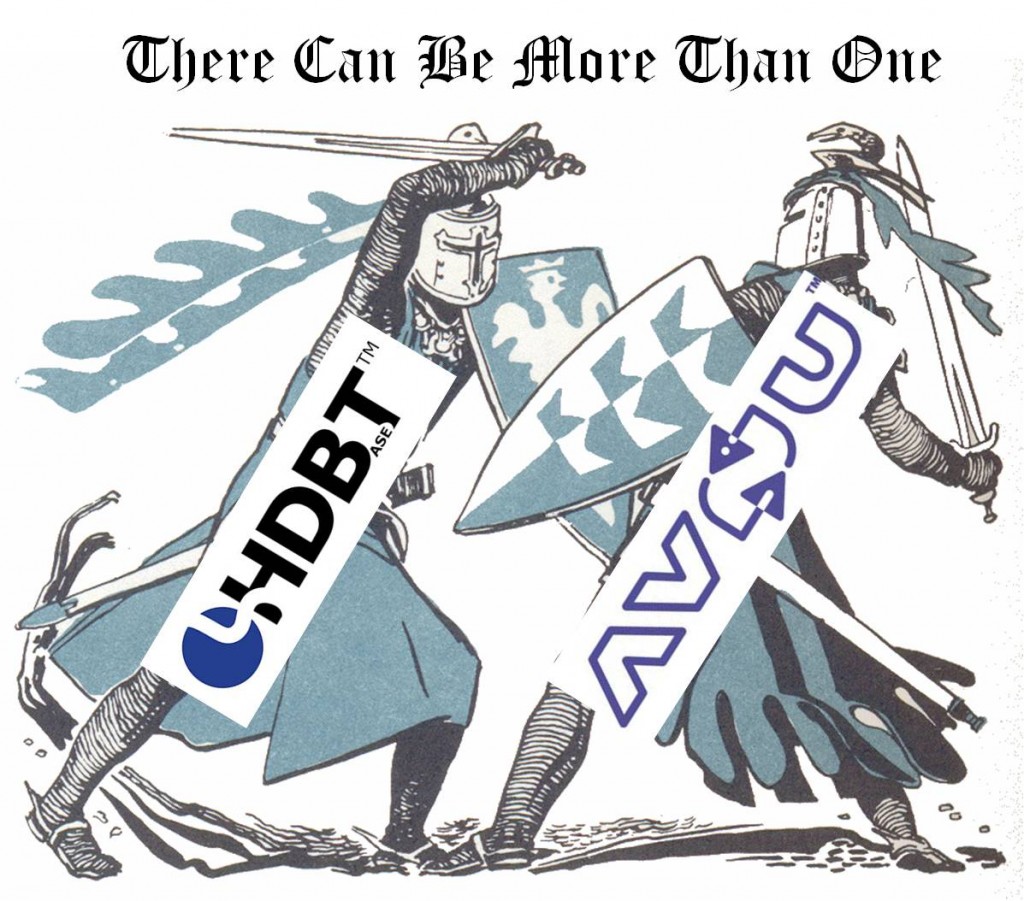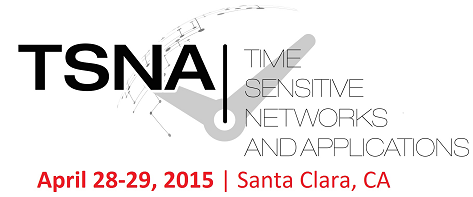 Why is it every time I hear people talk about the next evolution in signal distribution methods it seems to be that there can be only one? Right now the line in the sand seems to be drawn between HDBaseT and AVB with a lot of very opinionated people on both sides arguing as to which method is going to take greater prevalence when the dust clears. Perhaps it’s just me, but I don’t understand why we, as an industry, have to choose only one option between these two. When you look deeper into how these two different options function it’s clear that on the venn diagram of signal transportation they will only intersect in certain applications.
Why is it every time I hear people talk about the next evolution in signal distribution methods it seems to be that there can be only one? Right now the line in the sand seems to be drawn between HDBaseT and AVB with a lot of very opinionated people on both sides arguing as to which method is going to take greater prevalence when the dust clears. Perhaps it’s just me, but I don’t understand why we, as an industry, have to choose only one option between these two. When you look deeper into how these two different options function it’s clear that on the venn diagram of signal transportation they will only intersect in certain applications.
Before we can look at why both of these emerging signal transportation options are both valid and have a place in the industry we need to examine exactly how each of them function. HDBaseT is a transport method that gives the potential ability to move audio, video, control, and even power over a single category cable connection. When this idea was presented to the world there was a lot of discussion about how HDBaseT would be the death of HDMI. What people didn’t understand at that point in time was that HDBaseT will not eliminate HDMI because it is, in essence, a way of extending the distance that HDMI can travel by changing the way the signals are transmitted which allows for the use of category cabling up to 100 m. Of course to get HDMI to transmit with HDBaseT technology that signal has to be compatible at both the point of transmission and reception with all facets of the signal. This means that all devices in the signal flow chain including matrix/mixers, displays, and source generators have to be able to transmit and receive the signals desired for the application and with the current set of standards still being developed the manufacturers can pick and choose which signals they want to work with making this potentially very confusing. On the other side of the argument we have AVB, which is an IP packet based transport method. What that means is that with AVB the audio, video, and control signals are being written onto the layering of the data packets that are going directly across the network. Instead of having a point to point signal distribution method, as with HDBaseT, we end up with a fully programmable and routable network of end points that allow for broadcasting and receiving signals in any combination.
Since these methodologies are using two different ways to transport the signal and each have a different set of limitations and features why is it an either/or situation? The example that I hear in favoring HDBaseT in many arguments is corporate environments because of the difficulties that can arise in getting a power outlet installed at the display location. If the full feature set of HDBaseT were capable of being used, an outlet would not be required because power and signals would all be transported across the category cabling. In that example we’ve taken care of a single room but what happens when we’re looking at a massive corporate headquarters that requires communication between potentially dozens of meeting rooms? HDBaseT’s biggest limitation is that it would require a very large or expandable matrix/mixer in order to be able to provide this kind of wide spread signal distribution. This leaves us looking to AVB as the better option for the application because it would allow us to assign which rooms would be receiving data, which would be transmitting, and all of that through a simple PC based network interface or control system in each room.
Let’s look at another example involving the often considered secondary part of the A/V industry: audio. Because HDBaseT is utilizing HDMI, that leaves us with a multi-channel signal transportation of up to 32 channels of audio at maximum. Leaving aside the fact that again we’d be looking at a point to point transmission option, this is still a very limited channel operation for even the most basic of corporate auditoriums. AVB hardware options have been expanding these days giving us wall/floor plates options like 4 XLR connections in a box with one category cable connection on the rear to connect the plate directly to the network. As AVB is network based the biggest limitation is going to be the amount of network bandwidth available, followed thereafter by any limitations of the audio DSP head end.
In both of these examples mentioned HDBaseT is discussed as having expansion limitations due to how it moves the signals, but there is an example that comes to mind where HDBaseT has an advantage over AVB: digital signage. In a digital signage application we are often looking at a single building or area with one (or possibly multiple) point(s) of content generation with several signal extenders that is then distributed to the displays or, alternately, an installation where localized players are required at each display to generate content making it potentially difficult to manage content remotely. However, with HDBaseT we now have the ability to extend the distance of transmission for high definition content allowing the option of a single point of content generation without the requirement of any local connection beyond an RJ45 jack. With the inclusion of a patch bay in this application this could allow for the potentially daily relocation of a portable digital signage system to suit a building’s needs based on whatever activities were taking place.
HDBaseT and AVB are still emerging signal transportation options that haven’t been fully adopted and are even farther from reaching their full potential. The fact remains that because they both offer different ways of moving signals between end points with both options being valuable depending on the application that this argument needs to stop. There isn’t going to be a winner in this war, and if there is the loser will be the A/V industry. The goal of the industry shouldn’t be to pick one or the other to use, but rather understand and recognize the merits of both and then use the one that best suits the application. I hope both HDBaseT and AVB continue to develop and cater to their particular strengths because I look forward to finding applications where I can use each of them. This is not the time to take the Highlander mentality. In this case there can be more than one.




